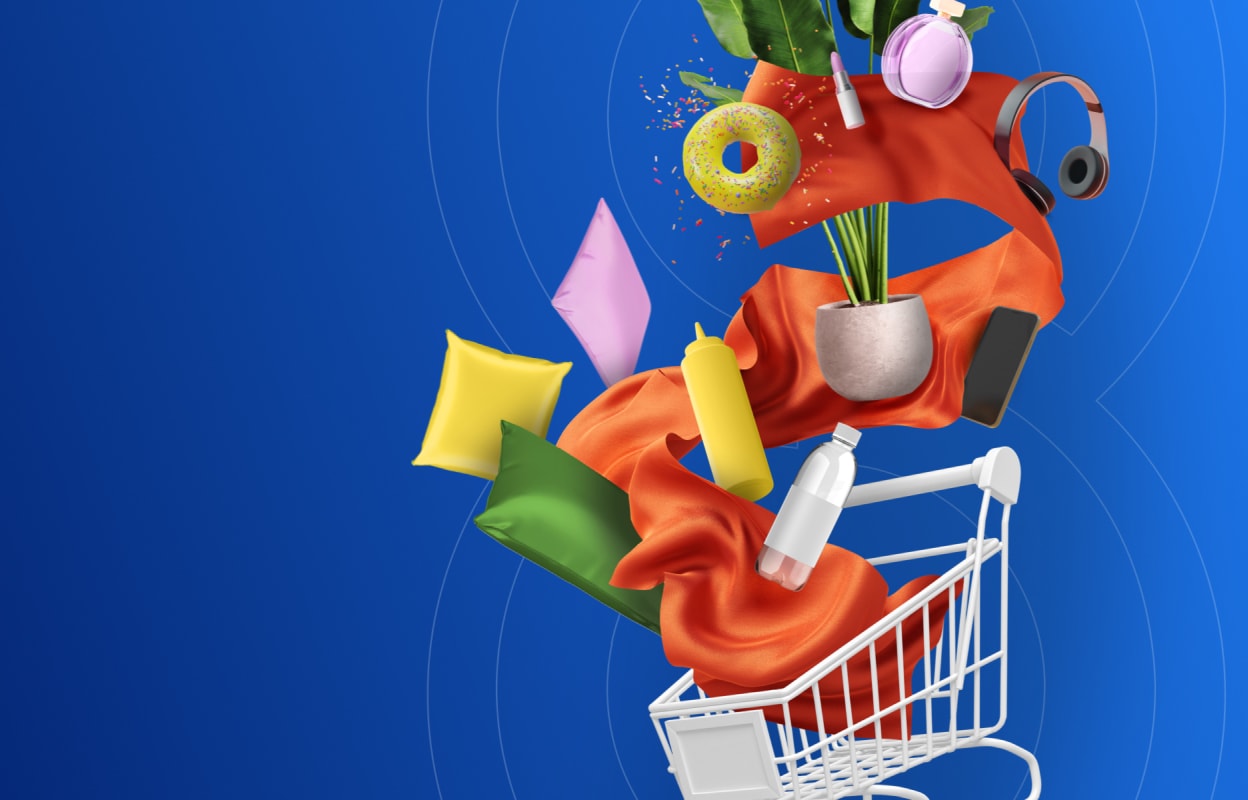Boosting Profitable Growth in a Volatile Marketplace in the CPG Industry

As the world grapples with the threat of a looming recession, inflation skyrockets to dizzying heights, and supply chain shocks continue to rock the retail landscape, consumer goods brands must work overtime to reorganize their businesses and remain relevant to their consumer base. CPG companies across all industries and product types need to work harder than ever before to maintain their market share – with many customers seeking alternative, cost-friendly brands that also align with their climate-conscious values.
With such a turbulent landscape to navigate, the need for efficient product lifecycle management (PLM) and planning solutions is clearer than ever. In our latest 2024 Industry Insights report, created exclusively for CPG brands, we unpack the ways that Centric Software® can work hand-in-hand with retailers of all shapes and sizes to unlock profitable growth – and thrive in a volatile marketplace.
Read on to explore the 5 unique opportunities for growth identified in our report.
1. Anticipating Rising Costs & Growing Profitability
The ongoing impact of the war in Ukraine is adversely affecting the financial standing of CPG brands across the product spectrum. This, coupled with soaring inflation, is forcing both companies and consumers to rethink their spending strategies and steer clear of unnecessary purchases. Despite this bleak reality, brands that embrace digital transformation and invest in innovative technologies to drive business development, are able to effectively manage their spending and continue to thrive. With a cutting-edge PLM solution, brands can reduce their overall costs by streamlining company-wide workflows, increasing collaboration between teams and leaving employees with more time to focus on value-added tasks to ignite future growth.
2. Mastering your Planning Strategy for the Modern Consumer
With so many purchasing factors to consider, consumers are becoming increasingly hard to predict. Their behaviors are constantly in flux amid considerations of tightened purse strings, value-driven decisions, and a keen desire for product personalization. But with the right planning strategy to optimize their product portfolio management, CPG brands can ready themselves for demand volatility, increase their responsiveness and adaptability, and prepare to succeed in this new, omnichannel age.
3. Building Resilience through Supply Chain Chaos
It’s no secret that dysfunctional supply chains have presented retail brands with unprecedented challenges in recent years. The onset of global conflicts and a world pandemic have done much damage, and derailed usual methods of operation across industries. Nevertheless, there are many ways that an effective PLM solution can improve a company’s resilience and adaptiveness – even when a crisis hits. By prioritizing data-driven improvements and using AI-generated analytics to provide a comprehensive overview of end-to-end supply chain processes, CPG companies can stay ahead of the curve and plan for the future.
4. Building an Ethical Future & Championing Sustainability
Modern consumers are increasingly prioritizing products that have been created with ethical and environmental considerations in mind. They want to feel empowered to make ‘greener’ purchasing decisions and are demanding transparency across the entire product lifecycle. To meet this demand, CPG companies must take a proactive approach to issues such as material traceability, sustainable packaging and waste reduction – to name a few! With the right digital and automation technologies, retail businesses can benefit from enhanced visibility across the product chain, as well as access to robust material datasets, that can inform future sustainable initiatives.
5. Winning Back Consumer Confidence amid Private Label Competition
With many shoppers forced to cut back on spending, the need to seek out budget-friendly options has become a top priority. Since the COVID pandemic, consumers have grown used to shopping around for everyday products, with many making the switch to private label brands boasting high availability and low prices. In order to maintain (and grow) a loyal customer base, consumer goods companies must maximize their product assortments and ensure they are delivering the right assortment of products, at the right time, in the right place. By deploying automated decision support solutions, CPG brands can eliminate uncertainties, accurately forecast consumer needs, and do away with inaccurate guesswork and muddled product assortments once and for all!








